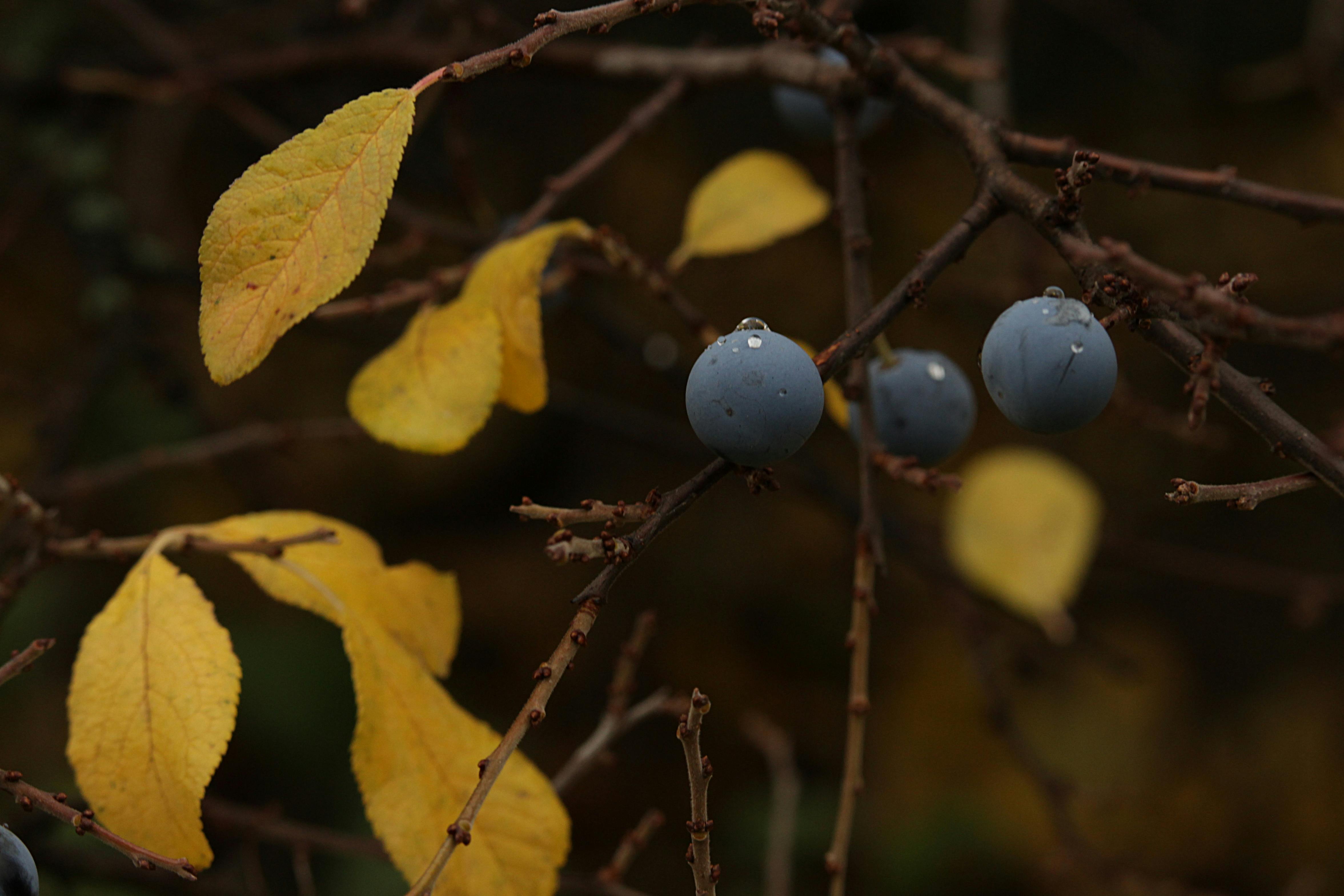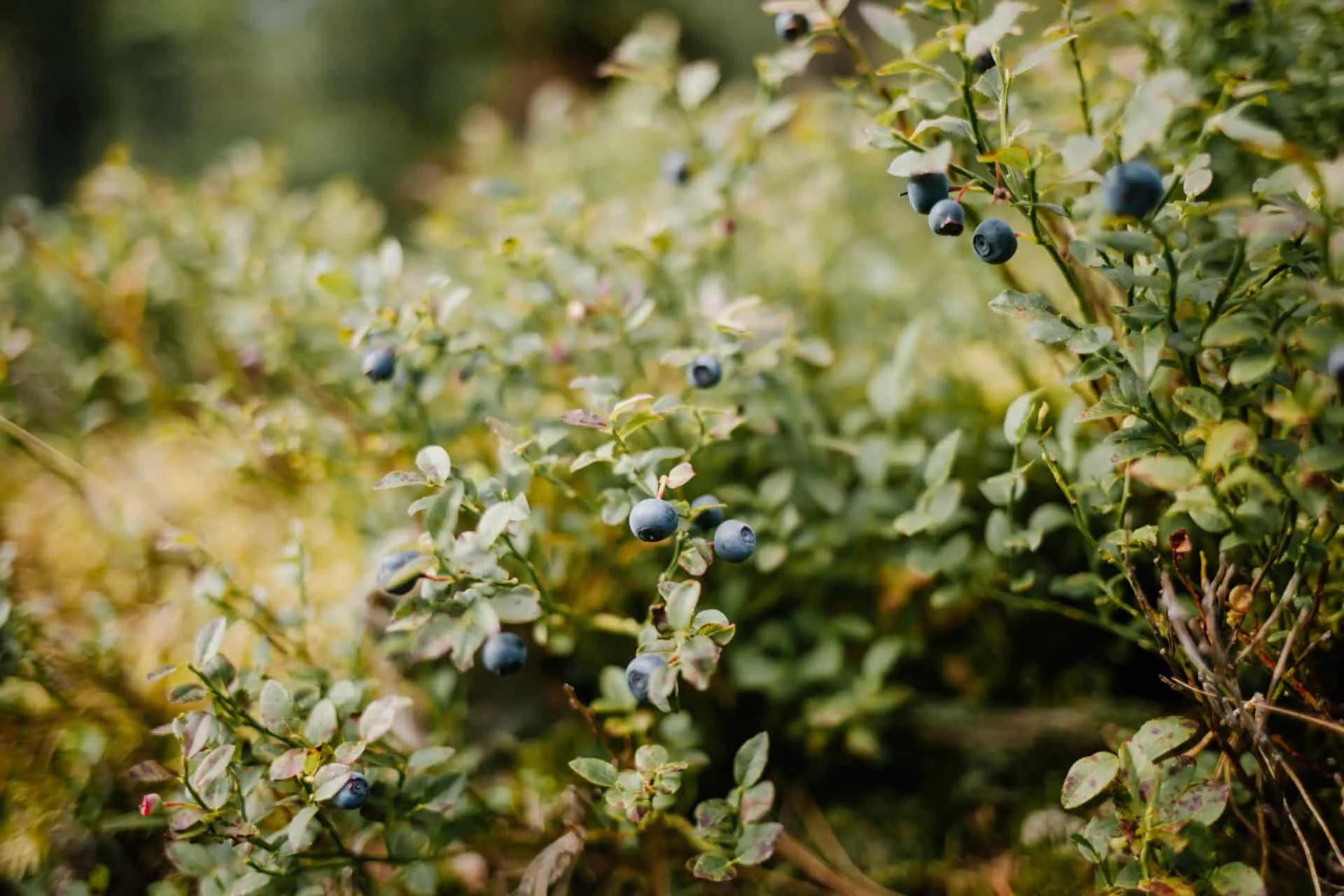Knowing when a blueberry bush is dead can be difficult, but there are a few key signs to look for that can help you determine if your blueberry bush has passed away. With careful observation and attention to detail, you can determine if your bush is still alive and thriving or if it has died and needs to be replaced. In this article, we’ll explore the signs of a dead blueberry bush so that you can make an informed decision about the health of your plant.To diagnose if a blueberry bush is dead, start by checking for signs of life such as new growth and buds on the stems. Also, examine the leaves for signs of wilting or discoloration. If there are no visible signs of life and the leaves are brown and brittle, then it is likely that the bush is dead. To be sure, check for signs of root growth by carefully digging around the base of the bush to look for healthy roots. If you find none or only an extremely small amount, then the bush is likely dead.
Signs of a Dead Blueberry Bush
Identifying a dead blueberry bush can be challenging, as it may take many weeks or even months for it to show visible signs of death. However, there are certain telltale signs that can indicate that a blueberry bush has died. These include yellowing or browning of leaves, stunted growth, and lack of flower or fruit production. In addition, the branches may become brittle and snap easily when touched. If there is mold or fungus present on the stems and branches, this is another indicator that the bush is dead. The bark may also start to peel off in some areas, revealing bare wood beneath.
If the soil around the base of the bush appears dry and cracked, this could be an indication that the roots have died due to drought or other environmental conditions. If you notice any of these signs, it is important to take action immediately as a dead bush can be a source of disease for other plants in your garden. Removing it promptly will help protect your other plants from potential harm.
How to Check for Life in a Blueberry Bush
Checking for life in a blueberry bush requires careful observation and knowledge of the plant’s life cycle. It is important to determine whether the bush is alive before investing time and money into pruning and fertilizing it. To check for life in a blueberry bush, inspect the shoots, buds, leaves, and berries.
Look closely at the shoots of the bush. If they are green and pliable, they are likely still alive. If they are brown or brittle, this could indicate that they are dead or dying. Also examine the buds on the stems of the plant; if they are healthy looking and plump, then this is a good sign that the plant is still alive.
Inspect the leaves of the blueberry bush as well; they should be dark green and free from any discoloration or damage such as holes or black spots. Additionally, if there are any berries present on the bush, check to make sure that they are plump and green with no signs of discoloration or shriveling. If these signs of health are present on all parts of the plant then it is likely still alive.
If you cannot determine whether your blueberry bush is alive simply by looking at it, there is another test you can perform to check for life in a blueberry bush. Take a small cutting from one of its stems and place it in a glass jar filled with water overnight. If within 24 hours roots have formed on the bottom of your cutting then you can be certain that your blueberry bush is still alive!
Remember to always use caution when checking for life in a blueberry bush; if you handle any part of it too roughly you may accidentally damage or kill it!
What Does a Healthy Blueberry Bush Look Like?
A healthy blueberry bush is a vibrant, full plant with lush green foliage and strong branches. The bush should have an even spread of leaves on the branches, with no bare spots or excess foliage. The leaves should be bright green and glossy, with no yellowing or wilting edges. Additionally, the blueberry bush should have flowers and fruit in various stages of growth. The flowers should be white or light pink in color and fragrant. The fruit should range in color from light green to deep purple, depending on the variety of blueberry. Finally, the blueberry bush should have a thick trunk and sturdy branches to ensure its stability.
In order to maintain a healthy blueberry bush, it is important to choose the right location for planting. Blueberries prefer full sun but will tolerate partial shade as long as there is some direct sunlight throughout the day. Additionally, they need well-draining soil that has plenty of organic material such as compost or peat moss added to it for best results. Proper fertilization and watering are also essential for maintaining a healthy blueberry bush; however, too much water can cause root rot so it’s important to monitor how much you give your plant. Lastly, pruning can help keep your blueberry bush healthy by removing dead or damaged branches and encouraging new growth.
Testing the Soil for Signs of Life in a Blueberry Bush
Testing the soil for signs of life in a blueberry bush is an important part of determining the health and productivity of the plant. The soil should be tested to ensure it has adequate moisture, nutrients, and microbial activity. This can be done through a variety of methods including physical observation, laboratory analysis, or even using a soil testing kit.
When assessing the physical characteristics of the soil, look for color, texture, and other signs that indicate nutrient availability. Poorly drained soils will have a darker color than well-drained soils. A sandy texture will indicate that there are not enough nutrients available for the plant to thrive. The presence of organic matter is also important as this will help with moisture retention and nutrient availability.
Laboratory analysis can provide more detailed information about what is happening in the soil. This includes measuring pH levels, nutrient availability, and microbial activity. A culture test can also be done to identify any potential pathogens or diseases present in the soil. This type of testing is ideal for determining how healthy the soil is and what needs to be done to improve it if necessary.
Soil testing kits are also available which allow you to test different aspects of the soil without having to send samples off to a laboratory. These kits typically contain pH strips, nutrient strips, and microbial tests that can give an immediate indication as to whether there is an adequate amount of nutrients present for optimal growth or if there are any potential problems with disease or pests present in the soil.
Testing the soil for signs of life in a blueberry bush is an essential part of ensuring its health and productivity over time. Physical observation can provide some basic information but laboratory analysis or a soil testing kit are ideal for gaining more detailed information about what is happening within the environment surrounding your plant.

Checking for Sap Flow in a Blueberry Bush
Sap flow is one of the best indicators of healthy growth in a blueberry bush. It is important to regularly check your blueberry bush for signs of sap flow to ensure that it is healthy and producing high-quality fruit. There are several ways to check for sap flow in a blueberry bush.
One of the easiest ways to detect sap flow is by looking at the leaves. If there are any signs of wilting or discoloration, this could indicate that there is either an inadequate or excessive amount of sap being produced by the bush. Additionally, if the leaves appear unusually wilted and dry, this could be a sign that not enough water is reaching the roots of the plant.
Another way to check for sap flow in a blueberry bush is by observing its branches and stems. If you notice any discoloration or wilting on these parts of the plant, then this could indicate that there may not be enough sap flowing through them. Additionally, if you notice any cracks or splits along the stems or branches, then this may also be an indication that too much or too little sap is present.
Finally, checking for signs of insect infestation can also help you determine whether your blueberry bush has adequate sap flow or not. Insects such as aphids and thrips often feed on plant sap, so if you notice these insects on your blueberry bush then it may mean that there isn’t enough sap flowing through its branches and stems. Additionally, certain diseases can cause a reduction in sap production in plants so it’s important to keep an eye out for any signs of disease as well.
Overall, it’s important to regularly check your blueberry bush for signs of adequate sap flow in order to ensure its health and productivity. By monitoring its leaves, branches and stems as well as looking out for insect infestations and diseases, you can help ensure that your blueberry bush has adequate levels of sap production so that it can grow strong and produce high-quality fruit year after year.
Examining Leaves and Stems of a Blueberry Bush
When examining the leaves and stems of a blueberry bush, it is important to be aware of the various characteristics that may indicate a healthy plant. The leaves should have an even dark green color with no blemishes or discoloration. There should be no evidence of insect damage or disease. The leaves should be firm and not wilted or limp. Additionally, the stems should be strong and have no signs of decay. If there are signs of infection, it is important to treat the plant as soon as possible.
The size of the leaves and stems can also be indicative of a healthy blueberry bush. The leaves should not be too small or too large for the species in question, as this could indicate an underlying problem with the plant’s health. Additionally, the stems should have no visible signs of damage or weakness, such as cracking or splitting. If there are any visible signs of damage, it is important to investigate further to determine if there is a more serious issue at hand.
When examining the leaves and stems of a blueberry bush, it is also important to look for any signs of new growth. New growth can indicate that the plant has access to enough nutrients and water to support healthy growth. Additionally, looking for new flowers can also help to ensure that the plant has enough energy and resources for successful flowering and fruiting in the future.
Overall, examining the leaves and stems of a blueberry bush can help gardeners determine whether their plants are healthy enough to produce fruit in future harvests. By taking note of any changes in color, size, or shape they can quickly identify any issues that may require immediate attention before they become more serious problems down the line.
Testing for New Growth on a Dead Blueberry Bush
Testing for new growth on a dead blueberry bush can be an incredibly difficult task, as the bush may have been dead for some time. The first step in determining if new growth is possible is to inspect the bush closely. Look for signs of life such as green leaves or buds, as well as any new shoots that may be growing from the base of the plant. If no signs of life are present, then it is likely that the bush has died and will not produce any more new growth.
If there are signs of life, then testing for new growth should begin immediately. First, water the bush thoroughly and keep it well-watered during the testing period. Next, prune any dead branches and remove any diseased or damaged foliage. After this is done, apply a balanced fertilizer to the soil around the base of the bush to provide additional nutrients. Finally, keep an eye on the bush over time to see if any new growth appears.
If after several weeks there is still no sign of new growth, then it may be necessary to take more drastic measures such as replanting or applying a root stimulator product to encourage root development and promote new growth. Ultimately, testing for new growth on a dead blueberry bush can be a difficult process but with patience and dedication it may be possible to bring it back from its dormant state.

Conclusion
If the leaves on your blueberry bush are discolored, wilted or dry, check the soil around the roots and follow up with an application of fertilizer. If you observe small holes in the leaves or signs of disease, then consider pruning any infected branches to help slow the spread. If none of these solutions are effective, then it is likely that your blueberry bush is dead and will need to be replaced. Pay close attention to soil pH levels as well as water and sunlight exposure in order to give your blueberry bush the best chance of survival.
No matter what, it is important to remain diligent in monitoring the health of your blueberry bush so that you can catch any signs of illness early on and take action to prevent it from dying. With proper care, your blueberry bush can thrive for many years to come.



